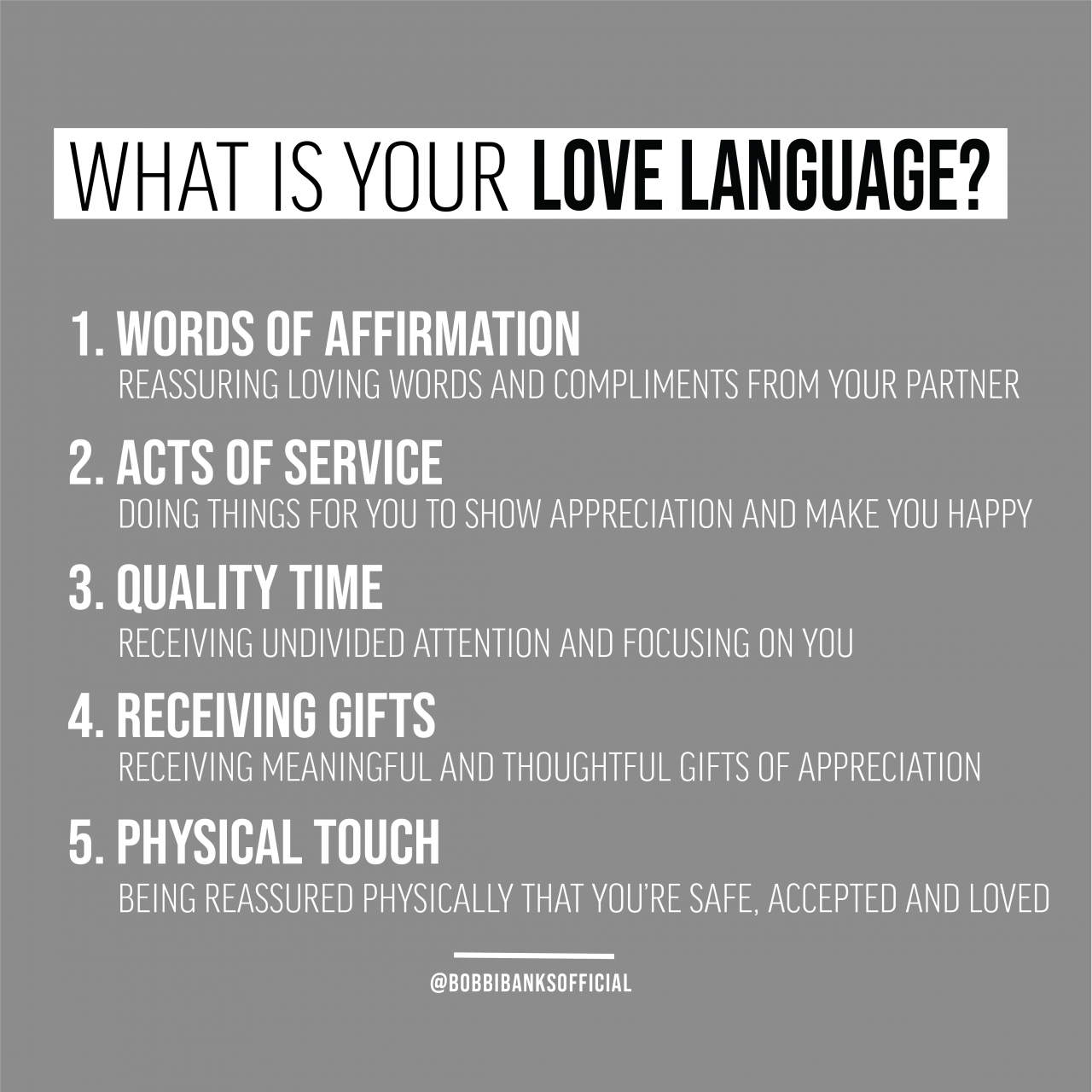
Delving into the intriguing world of sheet language meaning, we embark on a journey to unravel the multifaceted nature of this unique form of communication. From its historical roots to modern applications, this guide will illuminate the significance and complexities of sheet language.
Sheet language encompasses a diverse range of communication methods, each with its own distinct characteristics and cultural significance. By exploring the types, variations, and linguistic features of these languages, we gain a deeper understanding of their role in shaping cultural identity and facilitating communication across diverse communities.
Definition and Meaning
Sheet language, also known as sheet music, is a system of musical notation used to represent musical pieces in a written form. It consists of a series of symbols and markings that convey information about the pitch, duration, and rhythm of the music.
Types and Variations: Sheet Language Meaning

There are various types of sheet languages, each with its own characteristics and purposes. Some common types include:
- Standard notation:The most widely used type of sheet music, used for classical and popular music. It uses five lines and four spaces to represent the pitch of notes, and various symbols to indicate duration, rhythm, and other musical elements.
- Lead sheets:Simplified versions of sheet music that typically include only the melody, chords, and lyrics. They are often used in jazz and popular music.
- Guitar tablature:A type of sheet music specifically designed for guitar players. It uses six lines to represent the strings of the guitar, and numbers to indicate the frets at which notes are played.
- Drum notation:A system of notation used to represent drum patterns. It uses a variety of symbols to indicate the different types of drum hits, such as bass drum, snare drum, and cymbals.
Cultural Significance
Sheet language has played a significant role in the development and preservation of musical traditions around the world. It has allowed musicians to share and pass down musical knowledge across generations, and has facilitated the creation of complex and sophisticated musical compositions.
In some cultures, sheet music is also considered an art form in itself. The elaborate and ornate designs used in some sheet music, particularly from the Baroque and Romantic periods, reflect the cultural and aesthetic values of the time.
Language Structure and Features

Sheet language is a unique and specialized language with its own distinct structure and features. It uses a combination of symbols, markings, and conventions to convey musical information in a clear and concise way.
The basic elements of sheet language include:
- Notes:Symbols that represent the pitch of a musical sound.
- Duration:Symbols that indicate how long a note should be held.
- Rhythm:Symbols that indicate the pattern of beats and rests in the music.
- Articulation:Symbols that indicate how a note should be played, such as staccato or legato.
- Dynamics:Symbols that indicate the volume or intensity of the music.
Modern Applications
In addition to its traditional role in music education and performance, sheet language is also finding new applications in modern technology and education.
- Music software:Sheet music can be easily imported into music software, allowing musicians to edit, arrange, and perform music digitally.
- Education:Sheet music is an essential tool for teaching music theory and practice. It allows students to learn about the structure and elements of music in a visual and interactive way.
- Interactive sheet music:With the advent of digital technology, interactive sheet music has emerged. This type of sheet music allows musicians to play along with recorded music, change the tempo, and even transpose the music to different keys.
Final Thoughts
In conclusion, sheet language meaning is a multifaceted and dynamic field of study that continues to evolve in modern society. Its cultural significance, linguistic structure, and contemporary applications underscore the enduring power of these unique communication systems. As we continue to explore the intricacies of sheet language, we gain a profound appreciation for the richness and diversity of human expression.
FAQ Section
What is the primary definition of sheet language?
Sheet language refers to a diverse range of communication methods that utilize physical gestures, signs, or symbols to convey meaning.
How does sheet language differ from spoken language?
Sheet language does not rely on spoken words but instead employs visual cues, making it accessible to individuals with hearing impairments or in situations where speech is impractical.
What are the different types of sheet languages?
Sheet languages can vary widely, including sign languages, semaphore, Morse code, and even dance and body language.